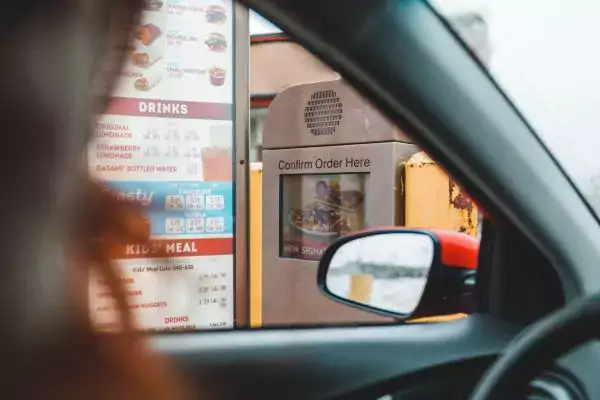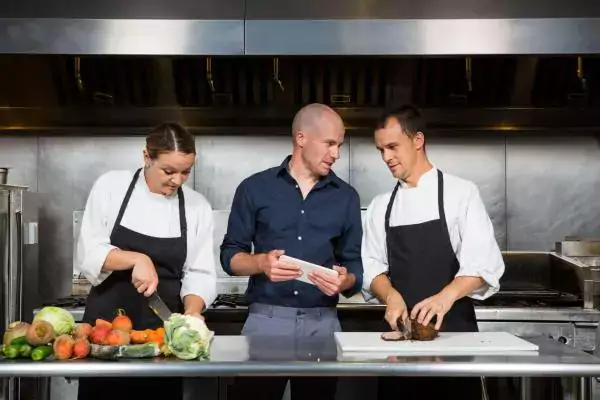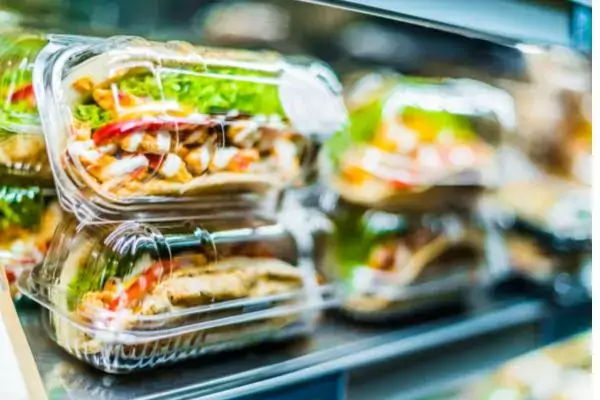The impact of millennials on the restaurant industry is an increasingly common topic of conversation. “Casual dining is in danger—and Millennials are to blame,” reports Business Insider in an article entitled “Millennials are killing chains like Buffalo Wild Wings and Applebee’s.” The article notes that this blame game has become cliché in retail. If you look at The EquiTrend Report from Harris Poll, Millennials actually give more brand equity to restaurant chains than their elders. They respond well to reliability, convenience, and consistency. Successful restaurant chains are figuring out how to leverage menu variety and social media to attract young diners. Millennials, Millennials, Millennials—it’s becoming like The Brady Bunch equivalent of “Marsha.” Finally, there was a recent study that put age aside and focused on the very specific quantifiable ones—between independent restaurants and chain restaurants. Research firm Pentallect partnered with Critical Mix to better understand consumer attitudes about independent vs. chain restaurants in regard to critical performance attributes, and the results may be surprising, even to veterans of the restaurant industry. Here’s what they found: There are two key takeaways from the chart above:
- Independent restaurant traffic and revenue growth is outperforming chains in all but three areas: use of technology, social media use and—to a lesser extent—location.
- Consumers rated Independent restaurant chains in 12 out of 15 studied attributes across both operational and emotional metrics. For most attributes, the perceived independent performance advantage is wide.
My own key takeaway/food for thought:
- If independent restaurants catch up on technology and convenience, chain restaurants are in greater trouble.
Getting to Work
Pentallect’s study clearly outlines some specific areas that chain restaurants can focus on when looking to improve their consumer ratings. If it seems like too much to tackle at once, take a closer look at a chain like Panera in the past couple of years. As reported by QSR magazine, the company agreed to be purchased by Krispy Kreme parent company JAB Holding in April and announced its plan to hire 10,000 employees to boost its delivery service from 15% to 35%-40% of the entire system in 2017. The company also released its 2016 edition of its Responsibility Report that highlights key accomplishments over the past year, including achieving 100% clean food for its U.S. food menu and Panera At Home consumer packaged goods; converting nearly 70% of company-owned bakery cafes to Panera 2.0; and introducing a major expansion of small-order delivery. The company reports that it’s tracking past $1 billion in digital sales for the year. Panera is also donating more than $100 million each year to fight food insecurity and operating nonprofit cafes aimed at addressing food insecurity. Take all of the things Panera is doing and then check Pentallect’s list. You can see that they’re checking off a lot of the attributes on that list. With JAB’s backing and a demonstrated commitment to raising the bar, Panera is poised to have a massive global presence with enormous success. But there’s one important key to that success… Maintaining Operational Excellence It’s impossible for chains to enact Panera-level broad reforms without the use of technology. Technology, as Pentallect reminds us, is where chains still have an advantage, and when used appropriately, technology has the ability to make a large organization operate with the communication and cooperation of a smaller company. Everyday, savvy restaurant operators are leveraging mobile technology like Zenput to increase store-level insights and increase operational efficiencies. Learn how Zenput might be the right ingredient for your restaurant operations.
Subscribe to our blog
You are now subscribed!


